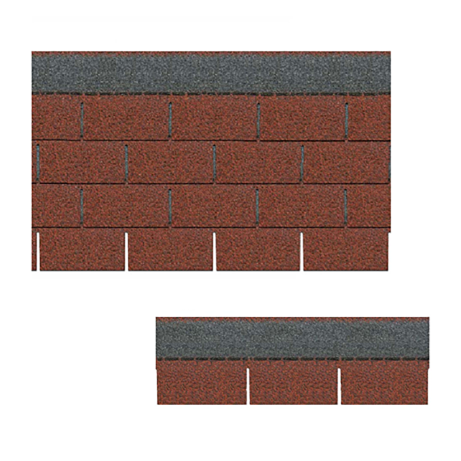
kol . 07, 2024 13:45 Back to list
Curved Terracotta Roofing Tiles for Aesthetic and Functional Architectural Designs
The Beauty and Craftsmanship of Curved Terracotta Tiles
Curved terracotta tiles have long been a staple in architectural design, celebrated for both their aesthetic appeal and functional properties. Derived from the Italian words terra meaning earth and cotta meaning cooked, terracotta is a type of clay-based ceramic that has been utilized for centuries. The unique curved shape of these tiles adds a distinctive elegance to various structures, making them a favored choice among architects and designers.
Historically, the use of terracotta dates back to ancient civilizations. The art of creating terracotta tiles was developed in several cultures, including the Romans and the Chinese, who utilized these durable materials for roofing and flooring. The introduction of curved terracotta tiles transformed the way roofs were constructed, allowing for better water drainage and enhancing the overall longevity of buildings.
One of the defining features of curved terracotta tiles is their ability to create stunning visual effects
. The natural earthy hues, ranging from deep reds to rich browns, bring warmth and character to any space. When arranged on a roof, these tiles create a wave-like pattern that can soften the harsh lines of contemporary architecture or complement traditional designs. Their versatility makes them suitable for a variety of applications, from residential homes to public buildings.curved terracotta tiles

In addition to their aesthetic contributions, curved terracotta tiles are highly functional. Their design allows them to interlock securely, which helps to prevent leaks and improve insulation. The natural properties of terracotta also mean that these tiles are highly resistant to fire, rot, and extreme weather conditions, making them an ideal choice for buildings in diverse climates. Terracotta is also environmentally friendly, as it is made from natural materials and can be recycled at the end of its lifecycle.
Curved terracotta tiles are not just functional; they are also a testament to skilled craftsmanship. The process of making these tiles involves several steps – from sourcing quality clay to shaping and firing the tiles. Artisans often shape the tiles by hand or through precise machinery, ensuring each piece meets specific standards. The firing process at high temperatures solidifies their durability and enhances their color, resulting in unique finishes that define the tile's character.
In contemporary architecture, designers are rediscovering the charm of curved terracotta tiles. They are increasingly being used in modern buildings to create striking facades that draw inspiration from heritage designs. The use of terracotta tiles is not limited to roofs; they are also being incorporated into walls, patios, and walkways, proving that their appeal transcends traditional boundaries. Moreover, the growing trend towards sustainable architecture has accelerated the interest in terracotta, as more builders choose materials with minimal environmental impact.
In conclusion, curved terracotta tiles are more than just a building material; they are a blend of history, artistry, and innovation. Their timeless beauty and remarkable durability make them an excellent choice for a range of applications. As designers continue to explore new ways to integrate these tiles into modern constructions, their legacy is sure to endure for generations to come. Whether in a rustic villa or a sleek urban building, the allure of curved terracotta tiles remains undeniable, inviting admiration and appreciation for their unique charm and craftsmanship.
-
Premium Round Asphalt Shingles: Durable & Elegant Roofing
NewsAug.01,2025
-
Eco-Friendly Clay Tiles | AI-Enhanced Durability
NewsJul.31,2025
-
Durable Shingle Granules for Premium Roofs
NewsJul.31,2025
-
Stone Coated Metal Roof Tile-Roman Tile for Durable Roofing Solutions
NewsJul.30,2025
-
Stone Coated Metal Roof Tile-Wood Grain Tile for Durable Roofing
NewsJul.30,2025
-
Stone Coated Metal Roof Tile-Nosen Tile: Durable, Stylish Roofing Solution
NewsJul.29,2025







